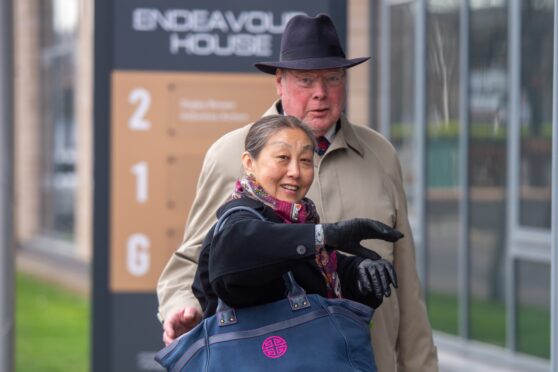Schooling is a major issue for families in Tayside and Fife, with some parents and carers even opting to move to a new area in pursuit of the best school for their children.
The schools which pupils can go to, however, depends on what catchment area they live in. But who is responsible for setting these catchments and how are they decided?
Ahead of the local elections next month, we have outlined the main criteria local authorities look at when deciding school boundaries and who is responsible for making any changes.
Use our Schools Checker below to find out which primary and secondary schools serve your catchment are:
How are catchment areas set?
School catchment areas are the responsibility of the local council and children who live in these areas are given priority for a place at the school.
When deciding on the school boundaries, local authorities often take into consideration the following factors:
- The capacity of the school
- Future population projections
- New house building in catchment area
Parents and carers also have the right to request that their children be placed in a different primary or secondary school. This is called a placing request and can made directly to the local council.
Education authorities have a duty to grant placing requests wherever possible.
Why do councils change catchment areas?
Catchment areas generally do not change unless there is an specific educational reason to do so.
When looking at the possibility of changing a catchment area, local authorities examine factors such as:
- Significant house building in catchment area which would increase school roll
- School closures or mergers which would mean catchment areas combined
- New school being built meaning new catchment area needed
If changes are required the councils will consult with the local community including parents, staff and pupils.
The decision on any changes to catchment areas then lies with councillors who vote on the proposed amendments.
In Dundee the final decision is often taken by councillors who sit on the children and families services committee. In Perth and Kinross it’s those on the lifelong learning committee.
In Fife it’s often councillors on the education and children’s services sub-committee and in Angus, it’s those on the children and learning committee.
Have any changes made recently?
Some catchment areas have been amended in recent years; notably those for Ancrum, Blackness, Camperdown, Tayview and Victoria Park primary schools in Dundee.
Use the swipe tool below to see how these catchment areas will change come August:
There was also controversy over proposed changes to the Harris Academy catchment area which could’ve resulted Invergowrie Primary School being removed.
This would have meant Invergowrie pupils would not be automatically eligible for a place at Harris Academy, in Dundee, and would have had to travel to Perth Academy instead.
However councillors from both local authorities came to an agreement that will see Perth and Kinross Council pay in the region of £4 million to Dundee City Council to expand Harris Academy instead.










